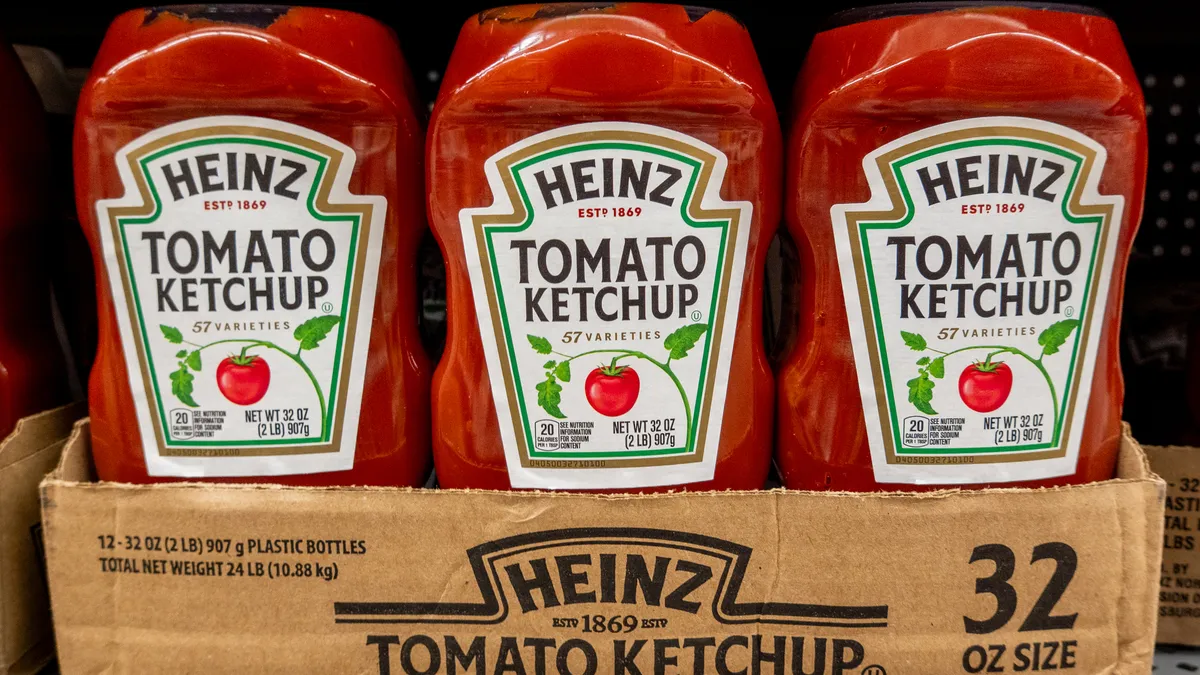The following is a guest post from Patrick Conley, Director of Strategic Accounts at Edgenet.
Few customers stop to consider the level of organization that goes on behind the scenes at large retail stores. For a big-box retailer like Walmart, Target, Best Buy or Lowe’s, it takes simultaneous coordination with hundreds of different manufacturers to keep shelves stocked with the thousands of products that consumers take for granted.
The logistics of getting all these items from one end of the supply chain to the other are staggering. Accurate, updated data on a product’s physical attributes — such as its shape, size and weight — are crucial for shipping. And that’s where the benefits of GDSN come in.
A common language between buyers and suppliers
Once supplied solely on paper, product data has gradually moved into the digital world, starting in the 1970s, when the first GS1 barcodes were placed on individual products. GS1’s Global Data Synchronization Network (GDSN), launched in 2004, made it possible for trading partners across the world to share product data using a standardized language.
Here’s how it works: Every product gets a unique identifier, under which its characteristics are entered into the GDSN system. This can include things like color, category, size and weight, as well as logistical components that aid in the shipping process: How is it packaged? How many boxes will fit on a pallet?
Today, more than 40,000 users are in the network, with an eye-popping 22 million registrations across retail and other sectors like health care. And as more businesses begin to understand the benefits of keeping their product data organized in this way, those numbers are bound to grow much higher.
For a system like GDSN to be effective, the quality of its data has to be impeccable.
That’s why all data entered into the system is tested and validated, helping it adhere to a strict set of standards. The idea is that when a product reaches the end of the supply chain, a retailer or other distributor will know, with a simple scan of a bar code, every important detail of what is contained in a shipment. There’s no guessing game.
Not only does GDSN provide a standardized language for companies all down the supply chain, its data is synchronized in real time, which makes it possible for suppliers to update details about a product and for their trading partners around the globe to know immediately, helping to mitigate potential hiccups in the shipping process.
Businesses that use GDSN can choose among 33 certified data pools. While all of the data pools offer GDSN storage and synchronization, they differ in other ways that can make a difference to suppliers and retailers.
Choosing the best-fit data pool provider
When choosing between data pool providers, suppliers should carefully consider their needs. Like the alphabet, GDSN can be seen as a tool to help supply chains communicate, but lacking context (e.g. grammar) may not always provide the insights desired from data.
For example, suppliers and retailers may need to exchange and synchronize additional types of information, such as supplemental marketing data — rich content and category-specific information — as well as private data like SKU numbers. One data pool providers, for example, addresses this problem by offering to store non-GDSN data in a single portal alongside GDSN data.
Although suppliers don’t need to be tech experts to use GDSN, some moments of confusion are perhaps inevitable. So when weighing the benefits of various GDSN service providers, suppliers should also consider the accessibility of customer service. Can a provider be reached quickly by phone or email? Do they provide training to help users take full advantage of the system?
Lastly, suppliers should pay attention to the various pricing models among data pool providers. Some base their pricing on a company’s total revenue, while others consider a company’s number of active SKUs or the number of data recipients. Particularly for smaller suppliers, the difference in cost among providers can be significant.
GDSN has already had a profound effect on the relationship between suppliers and retailers, bringing a new level of efficiency and interconnectivity. As the network becomes more widely adopted in coming years, the importance of intelligently organized data will only become more evident.
Patrick Conley is Director of Strategic Accounts at Edgenet, a Software as a Service company that provides industry-leading retailers, distributors, websites and suppliers with the ability to manage and improve their product content.






















